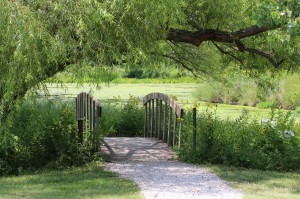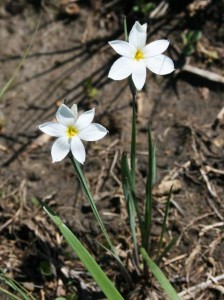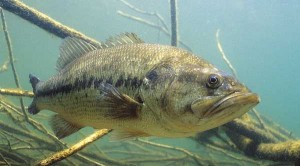Accuracy in the Field Requires Practice
Now is the time to practice shooting skills for upcoming hunting seasons
When hunting season kicks off, nothing can be more frustrating than a bad shot. Contrary to a popular notion, good shooters aren’t born that way. Good shooters get that way through pre-season practice, and those shooters will have more successful hunts this fall.
Three major seasons are on the cusp of arriving in Kansas, including dove, teal, and deer. Whether your quarry flies in the sky or trots on the ground, here are a few suggestions for better accuracy in the field. And remember, always handle firearms safely.
Dove season is Sept. 1-Oct 31 and Nov 1-9. Teal season is Sept. 13-28 in the Low Plains Zone and Sept. 20-28 in the High Plains Zone. To brush up on your shotgun skills before the dove and teal seasons open, visit a local trap, skeet, five-stand or sporting clays range. Unless you shoot competitively, you probably don’t get the opportunity to shoot much during the off-season. After a long layoff, you may be surprised at how rusty your shooting skills have become. If you don’t have a shotgun range nearby, get permission to access a field or pasture from a landowner and shoot some targets from a hand target thrower. Shooting just a few boxes of shells at targets will improve your eye and create muscle memory for proper shotgun mounting.
The Youth/Disabled Deer Season is Sept. 6-14, and all young hunters should be given the opportunity to practice with the equipment they will use. Preseason practice is a great way for a young hunter to become familiar with firearm or archery equipment, learn shooting fundamentals and reinforce safety habits.
The regular archery season is Sept. 15-Dec. 31. Successful bowhunters usually have a regular practice schedule for several weeks or months prior to the archery season. It’s a good idea to practice several times a week or even daily, shooting just a few arrows each session. Concentrate on technique and strengthening the muscles necessary to draw the bow smoothly and hold steady while aiming. As the season draws closer, practice with broadheads and even don your hunting coat and other equipment you’ll wear while hunting. If you hunt from a treestand or elevated blind, find a way to practice shooting from an elevated position. Pay attention to shooting distances you’re most accurate from and keep those in mind while hunting. An ethical hunter knows his or her limitations and shoots within them.
The Muzzleloader Deer Season is Sept. 15-28. Hunting with a muzzleloader presents a unique challenge because of the distance limitation and the fact that a follow-up shot requires a time-consuming loading procedure. A muzzleloading rifle is very accurate as long as the hunter finds the right powder and bullet combination and learns to shoot the gun. Time on the range, learning both your own and your gun’s limitations will increase your odds of success this fall.
Start preparing for a great fall hunting season now by finding a gun range and honing your shooting skills. Visitwww.ksoutdoors.com and “Services/Education/Shooting Ranges,” or visit www.WhereToShoot.org to find a range near you. Later this season, you and your stomach will be glad you did.



